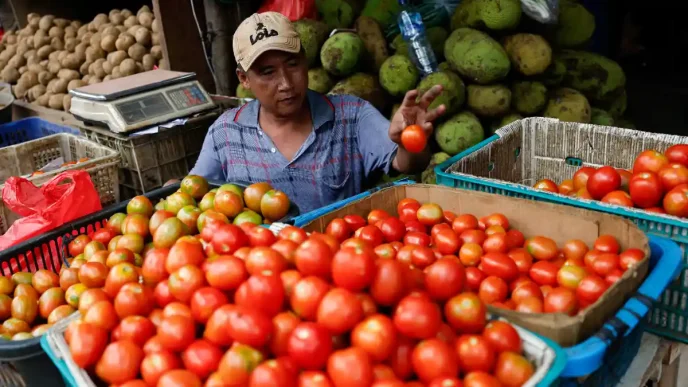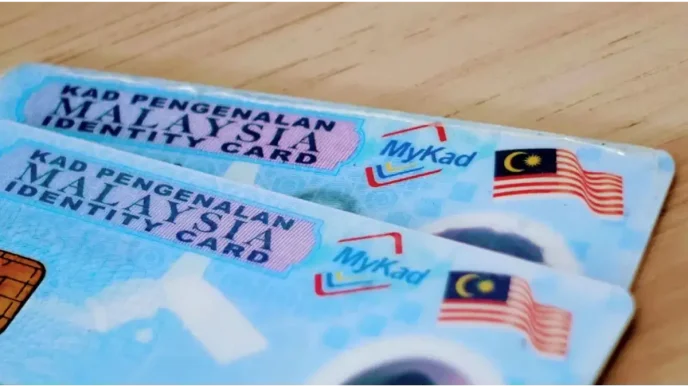A new chapter in regional economic cooperation unfolded on July 18, 2025, as Lao and Vietnamese officials jointly cross-border payments; a pioneering system designed to streamline cross-border transactions. Unveiled in Vientiane, the digital payment platform promises to bolster e-commerce and tourism between the two neighboring nations, marking a significant step toward a more integrated digital economy in Southeast Asia.
A Digital Bridge for Trade and Travel
The launch of this cross border payment system took place during a high-profile seminar focused on strengthening business ties and promoting trade cooperation in the digital era. Unlike a standalone e-wallet app, this system connects existing mobile banking apps in both countries to enable real-time QR payments across borders. Organized by the Department of Foreign Trade under Laos’ Ministry of Industry and Commerce, alongside Vietnam’s Department of Trade Promotion from its Ministry of Industry and Trade, the event underscored a shared commitment to harnessing technology for economic growth. Over 100 participants, including policymakers, business leaders, and digital experts, gathered to explore how regional payment platforms could transform bilateral relations.
The regional payment system is poised to simplify payment processes for tourists and businesses alike. By enabling secure, cashless transactions, traditional barriers to cross-border trade are dismantled, making it easier for travelers to spend and for small enterprises to engage in regional markets. Lao officials emphasized that the platform could play a pivotal role in revitalizing the tourism sector, a key economic driver for both countries, while fostering greater trade connectivity.
Ms. Kingsadone Phetdaoheuang, Director General of the Department of Foreign Trade in Laos, highlighted the broader implications of the initiative. She described the launch as a reflection of both nations’ dedication to building a robust digital infrastructure for trade and tourism, setting a precedent for future collaboration in the region.
Similarly, Vietnamese Ambassador to Laos, Mr. Nguyen Minh Tam, underscored the potential of digital platforms to revolutionize commerce. He noted that cross-border e-commerce offers a direct and efficient channel for businesses, particularly small and medium-sized enterprises, to reach consumers in neighboring markets without the burden of geographical or cost constraints.
Economic Ties in Numbers: Vietnam’s Growing Investment in Laos
The launch of the platform comes against a backdrop of deepening economic ties between Laos and Vietnam. Vietnam has emerged as a major investor in Laos, with 267 projects registered to date, amounting to a total capital of US$5.7 billion. In 2024 alone, Vietnamese investment in Laos surged to US$191.1 million, a remarkable 62.1 percent increase from the previous year. These figures, drawn from official reports, illustrate the scale of economic engagement and the strategic importance of initiatives like this in sustaining this momentum.
Such investments have often targeted sectors like infrastructure, agriculture, and energy, but the shift toward digital tools signals a new frontier. The seminar in Vientiane provided a platform for stakeholders to discuss not only e-commerce but also logistics and digital innovation as critical components of future trade strategies. Participants explored ways to enhance existing systems, including the integration of platforms like LaoApp-Unitel in Laos and Vivina-Technology Group Co., Ltd. in Vietnam, to create seamless digital ecosystems.
Additionally, the Lao government has taken steps to support domestic and international trade through dedicated e-commerce websites. Platforms such as www.laoproduct.com.la cater to local markets, while Laos aims to promote Lao goods in China, reflecting a broader ambition to position Laos as a digital trade hub in the region.
Navigating the Digital Economy: Opportunities and Challenges
The introduction of the cross-border payment system represents a microcosm of the broader digital transformation sweeping across Southeast Asia. As countries like Laos and Vietnam grapple with the demands of a rapidly evolving global economy, digital payment systems offer a pathway to greater financial inclusion and economic efficiency. For tourists, the ability to make quick, secure payments without navigating currency exchanges or cash shortages could significantly enhance travel experiences, potentially boosting visitor numbers and spending.
For businesses, particularly smaller enterprises, the benefits are equally compelling. Streamlined payment, clearing, and settlement tools can empower cross-border e-commerce by allowing vendors to access larger markets without the need for costly intermediaries or complex logistics. This democratization of trade could empower rural producers in Laos, for instance, to sell directly to urban consumers in Vietnam, fostering grassroots economic growth.
Yet, challenges remain. Digital literacy and infrastructure gaps in rural areas of both countries could limit the reach of alternate payment platforms, at least in the short term. Cybersecurity concerns also loom large, as the rise of digital transactions inevitably attracts risks of fraud and data breaches. Policymakers at the seminar acknowledged these hurdles, stressing the need for robust regulatory frameworks and public education campaigns to ensure the safe adoption of digital tools.
A representative from the Vietnamese-Lao company AZ (VLCO), speaking at the event, reaffirmed their commitment to supporting businesses in navigating this digital landscape. The company aims to serve as a bridge for legal, investment, and operational activities, helping enterprises adapt to the fast-paced changes brought by technology.
Policy Dialogue: Shaping the Future of E-Commerce
The seminar concluded with a policy dialogue that brought together experts and business leaders to share insights on advancing e-commerce collaboration. Discussions centered on the need for harmonized regulations, improved logistics networks, and greater investment in digital infrastructure. Participants also highlighted the importance of public-private partnerships in driving innovation, with digital platforms serving as a model for future initiatives.
For Laos, a landlocked nation with a historically agrarian economy, the push toward digital trade offers a chance to diversify revenue streams and reduce dependence on traditional sectors. Vietnam, with its more developed industrial base and tech-savvy population, stands to gain from expanded market access and strengthened regional influence. Together, the two countries could set a precedent for how smaller economies in Southeast Asia leverage technology to compete on a global stage.
Regional Implications: A Model for ASEAN?
The launch of alternate payment networks holds significance beyond the bilateral relationship between Laos and Vietnam. Within the context of the Association of Southeast Asian Nations (ASEAN), where economic integration remains a key priority, such initiatives could serve as a blueprint for other member states. The ASEAN Digital Economy Framework Agreement, currently under negotiation, envisions a region where cross-border digital payments are seamless, supporting the bloc’s goal of a single digital market by 2030.
If successful, it could inspire similar platforms across ASEAN, linking economies as diverse as Singapore’s tech-driven hub and Myanmar’s emerging markets. However, achieving this vision will require addressing disparities in digital readiness among member states, a challenge that Laos and Vietnam are already confronting through their joint efforts.
Moreover, the focus on tourism aligns with ASEAN’s broader objectives to position Southeast Asia as a premier global travel destination. Pre-pandemic, the region welcomed over 140 million international visitors annually, contributing billions to local economies. Digital payment systems could help recapture and exceed these numbers by making travel more accessible and convenient, particularly for intra-regional tourists.
Looking Ahead: Digital Dreams and Realities
As Laos and Vietnam begins its journey, its impact on trade and tourism will be closely watched. The platform embodies the aspirations of two nations eager to embrace the digital age, but its success will hinge on execution—ensuring accessibility, security, and trust among users. For now, the launch stands as a testament to the power of collaboration, offering a glimpse of how technology can bridge borders and build prosperity.
Will these cross-border payment platforms become a cornerstone of regional economic integration, or will it face the teething pains common to pioneering projects? As both countries refine their digital strategies, the answer remains on the horizon, a question of innovation meeting opportunity.
















